Walking through wilderness should mean exactly that – pure, untouched nature. Today’s national parks are proving that the best views don’t need a car window frame. These protected spaces have made bold choices to keep their corners of Earth exactly as nature intended, free from traffic jams and exhaust fumes.
Let’s explore these special places where footprints replace tire tracks and where the only honking you’ll hear is from geese overhead.
Rondane National Park, Norway
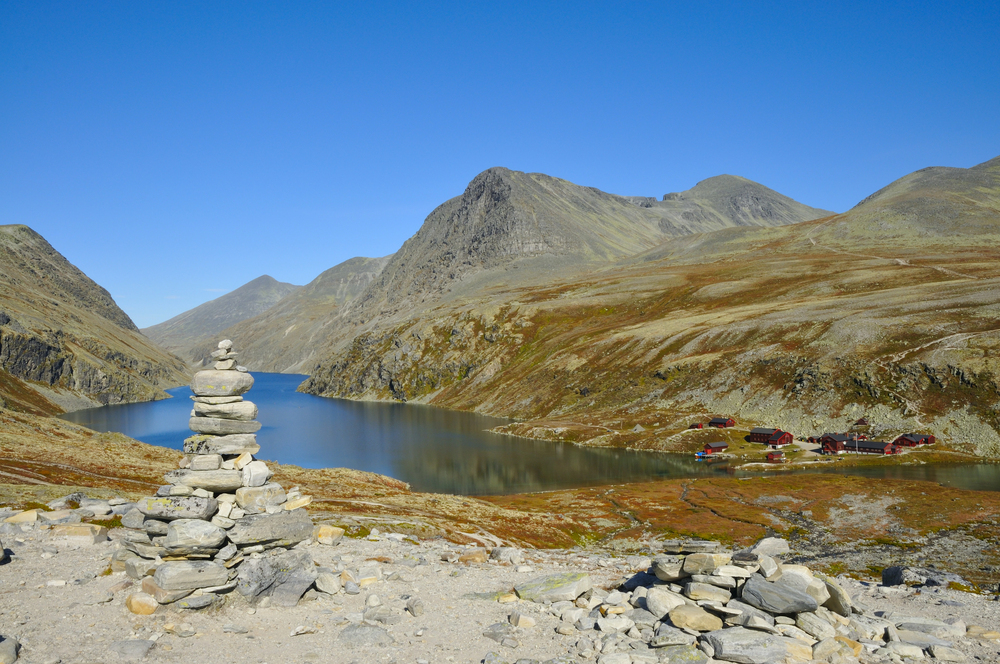
Norway’s oldest national park, Rondane, maintains its pristine state by completely banning private vehicles. Visitors explore its ten majestic peaks and wild reindeer habitats through an extensive network of hiking trails and cross-country ski routes.
Rangers provide guided tours through the untouched wilderness, while small electric shuttles connect the park’s entrances to trailheads. The park’s dedication to staying car-free has led to a remarkable increase in wildlife sightings, particularly among its protected reindeer herds.
Cinque Terre National Park, Italy
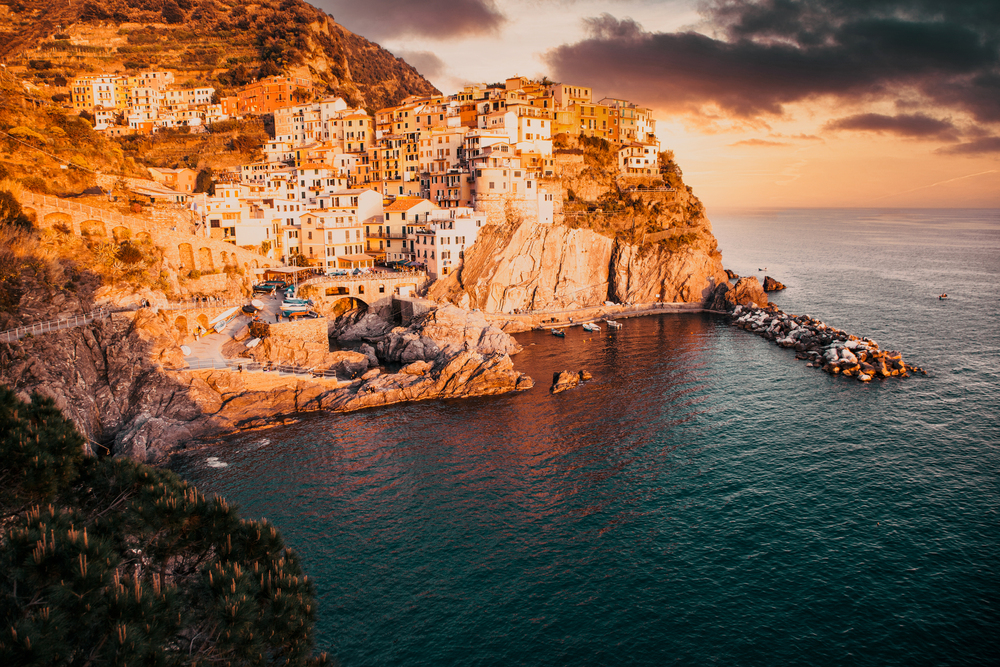
This colorful stretch of Italian coastline banned cars long before it became an environmental trend. Visitors move between the five historic villages on ancient footpaths or the efficient local train that winds along the Mediterranean shore.
Electric boat services provide additional connections between the communities, offering unique views of the terraced vineyards and colorful houses. The car-free policy has preserved the medieval character of the narrow streets and enhanced the authentic Italian coastal experience.
Like Travel Pug’s content? Follow us on MSN.
Plitvice Lakes National Park, Croatia
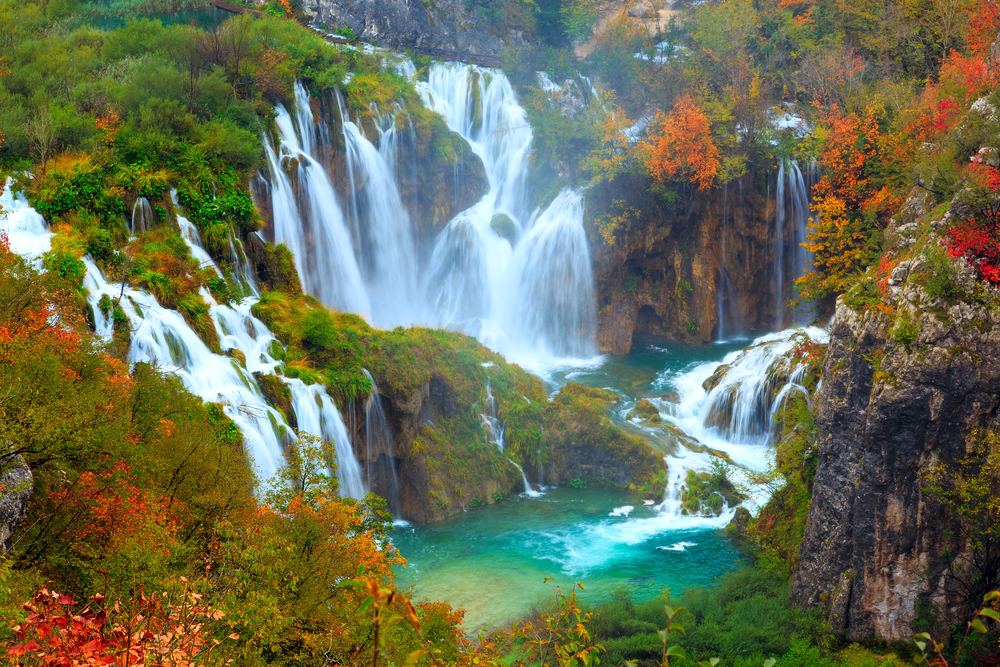
The stunning turquoise lakes of Plitvice embrace pure serenity without the rumble of engines. A network of wooden walkways and electric boats connects visitors to the park’s 16 interconnected lakes and waterfalls.
Rangers report that rare species now frequently appear in areas once dominated by traffic noise. The natural soundscape of cascading water and birdsong has returned in full force, creating an immersive wilderness experience.
Hallstatt National Park, Austria
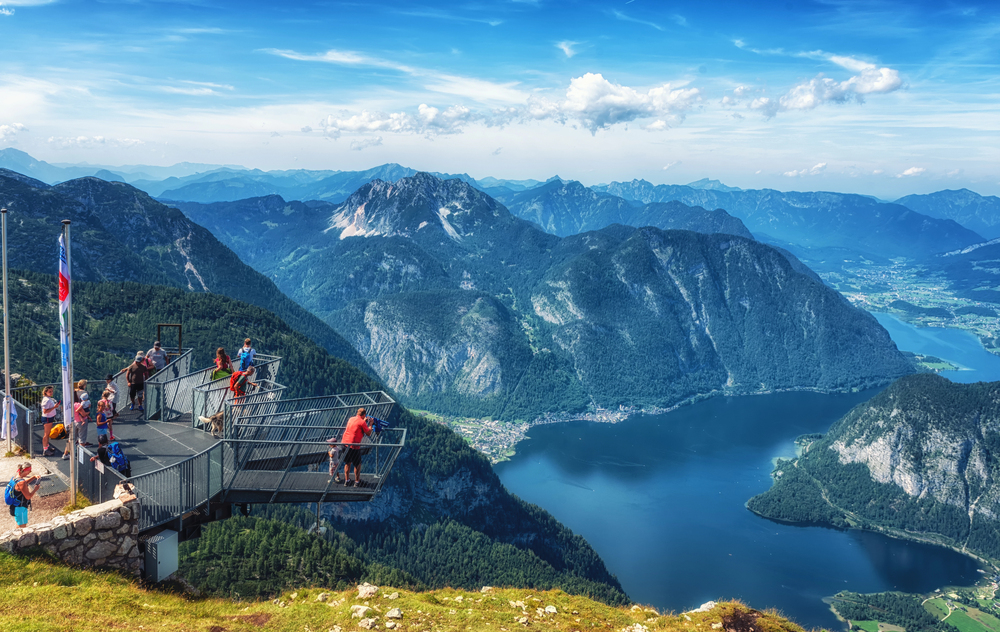
The Alpine jewel of Hallstatt is committed to removing all vehicles from its pristine valleys. Electric buses smoothly connect the lakeside town to various trailheads while preserving the peaceful mountain atmosphere.
Traditional mountain huts now serve as rest stops along hiking routes that once were roads. The absence of cars has enhanced the park’s fairytale charm, transporting visitors to a simpler time.
Gesäuse National Park, Austria
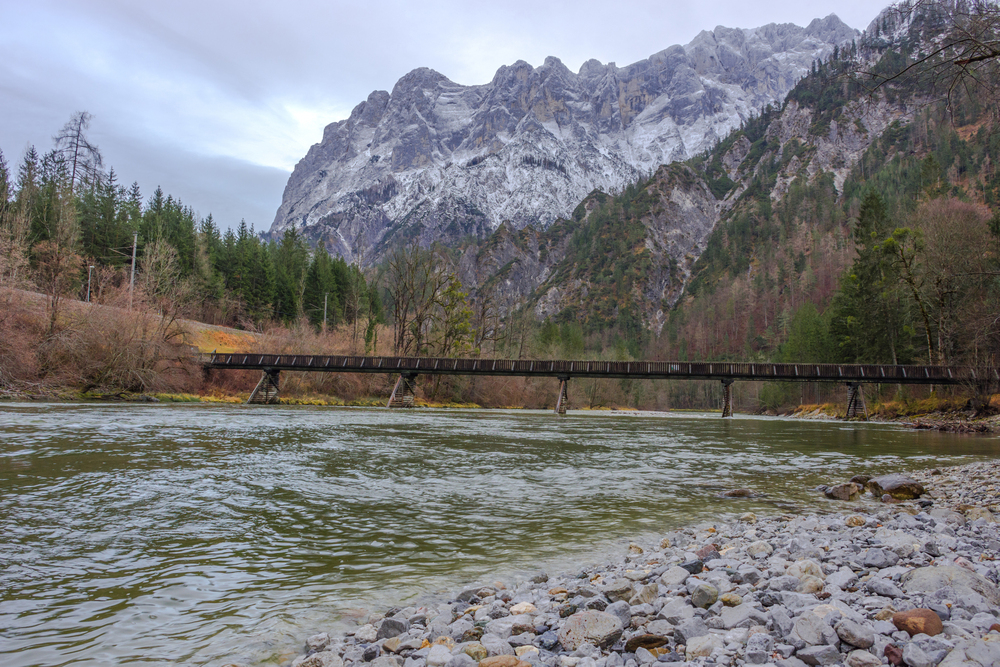
Austria’s youngest national park chose preservation over convenience by eliminating private vehicles. Mountain bikes and hiking boots have become the primary modes of transport through the dramatic limestone peaks.
The park’s efficient railway station provides sustainable access to major trailheads and climbing areas. Local wildlife has reclaimed former road corridors, creating new opportunities for nature observation.
Like Travel Pug’s content? Follow us on MSN.
Triglav National Park, Slovenia
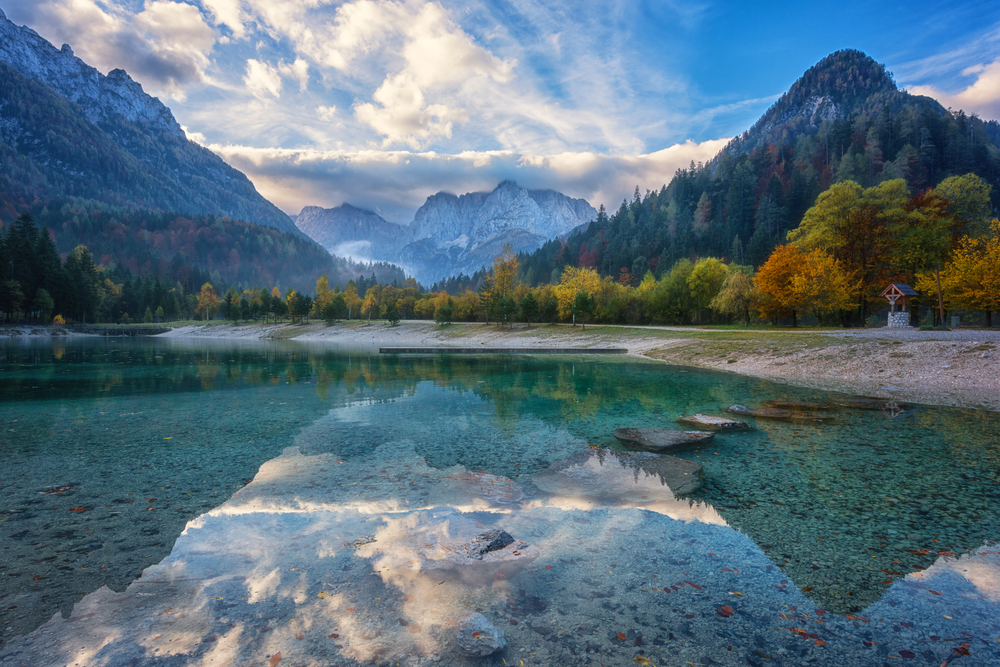
Slovenia’s alpine treasure removed vehicles to protect its pristine Julian Alps environment. Visitors now explore the park’s dramatic landscapes through an extensive network of hiking trails and mountain huts.
Electric buses quietly connect major villages and trailheads throughout the park’s territory. The car ban has helped maintain the park’s crystal-clear rivers and mountain lakes in their purest state.
Abel Tasman National Park, New Zealand
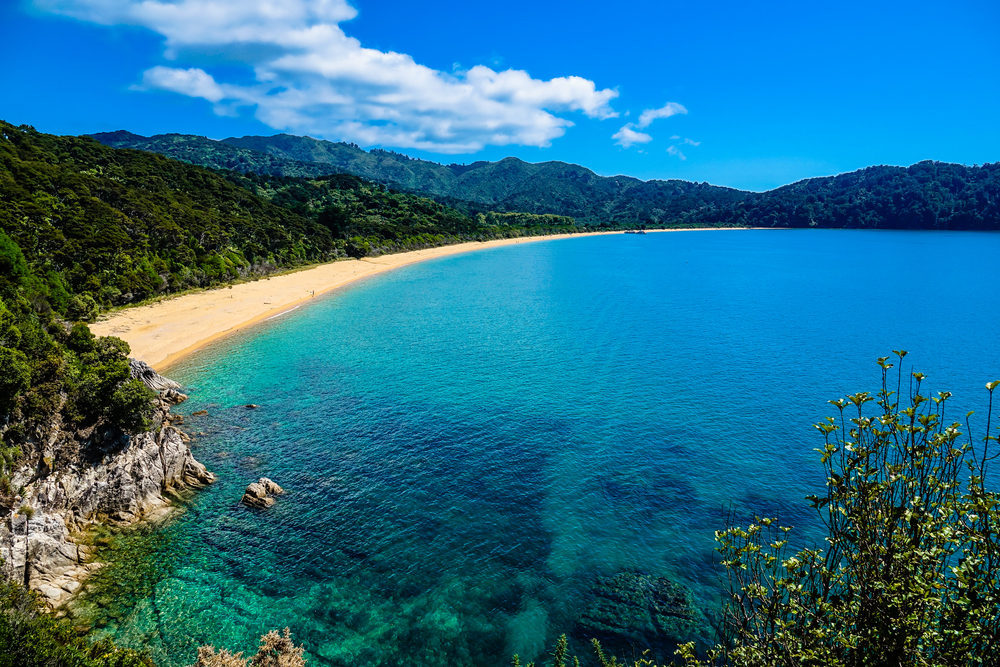
This coastal paradise eliminated vehicle access to preserve its golden beaches and native forests. Water taxis and well-maintained hiking trails have become the primary means of exploration.
Since the car ban took effect, the famous Abel Tasman Coast Track has seen increased wildlife activity. Kayaking tours have replaced driving as the preferred way to discover hidden coves and marine life.
Yangmingshan National Park, Taiwan
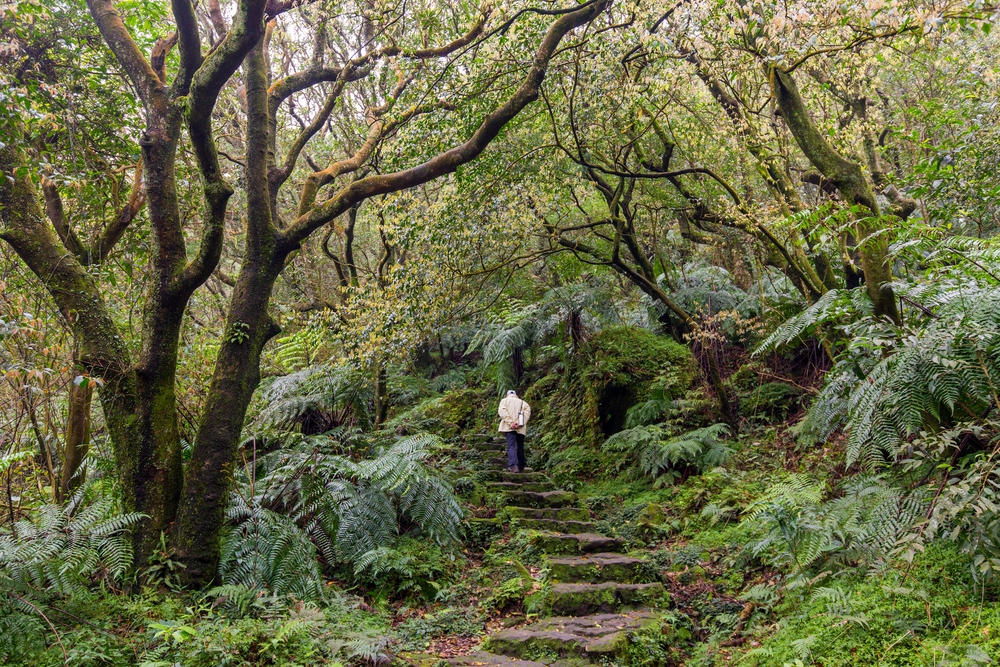
Taipei’s nearest national park transformed its roads into peaceful greenways for cyclists and hikers. The park’s famous hot springs and seasonal cherry blossoms are now enjoyed in perfect tranquility.
Electric shuttles connect seamlessly with Taipei’s efficient metro system for easy access. Wildlife sightings have increased dramatically in areas once devoted to parking lots and traffic.
Like Travel Pug’s content? Follow us on MSN.
Bukhansan National Park, South Korea

Seoul’s beloved mountain sanctuary converted all roads into dedicated hiking and cycling paths. The park’s extensive public transport connections make it easily accessible to millions of city residents.
Ancient temple grounds and fortress walls now exist in peaceful harmony with nature. Wildlife populations have doubled since the removal of vehicle traffic from the park’s boundaries.
Ordesa National Park, Spain
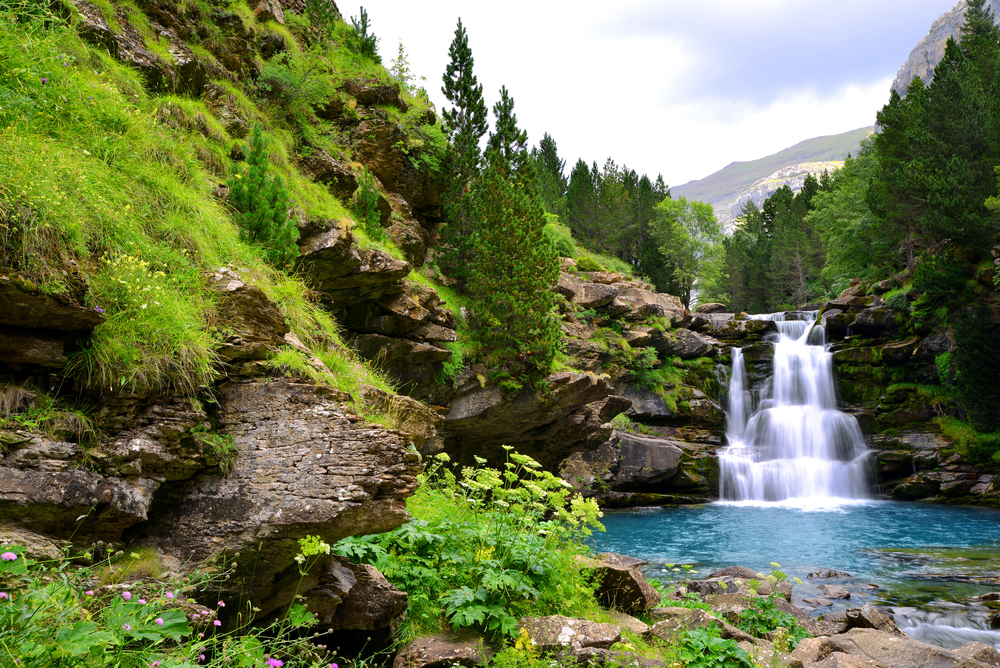
The Spanish Pyrenees’ oldest national park committed to complete vehicle removal throughout its dramatic canyons. Hiking has become the exclusive means of exploring the park’s four deep valleys and waterfalls.
The UNESCO World Heritage site has recorded significantly improved air quality since the ban. Local mountain guides report increased interest in multi-day treks through the car-free landscape.
Göreme National Park, Turkey
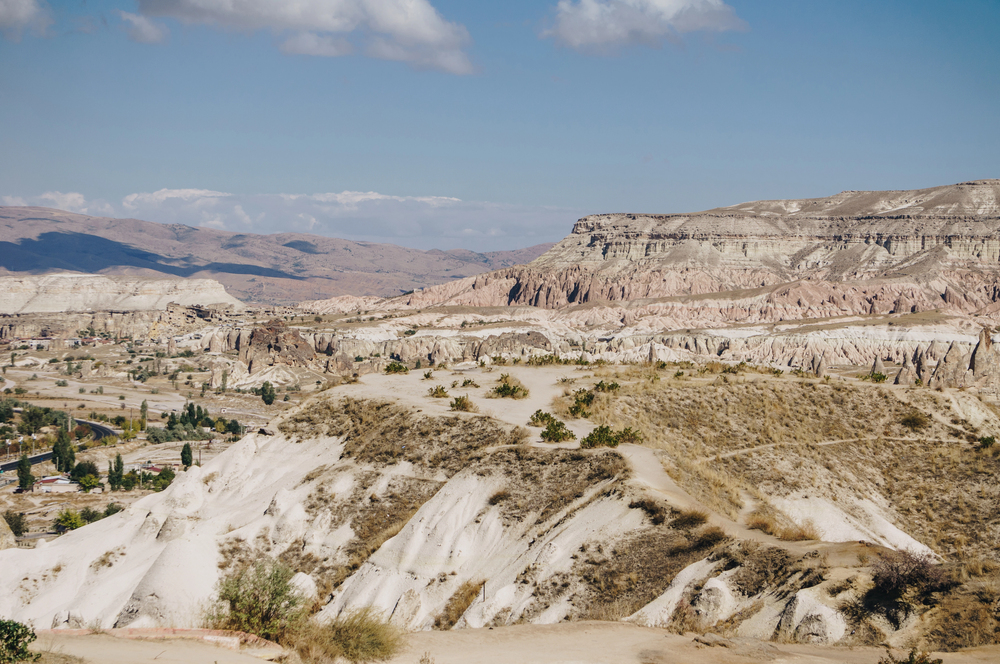
Cappadocia’s otherworldly landscape of cave churches and fairy chimneys now thrives without car traffic. Hot air balloons and hiking trails provide the main means of discovering this UNESCO World Heritage site.
Electric shuttles quietly transport visitors between the park’s most famous cave dwellings and viewpoints. The car-free initiative has helped preserve the ancient rock formations from vibration damage and pollution.
Like Travel Pug’s content? Follow us on MSN.
Chingaza National Park, Colombia
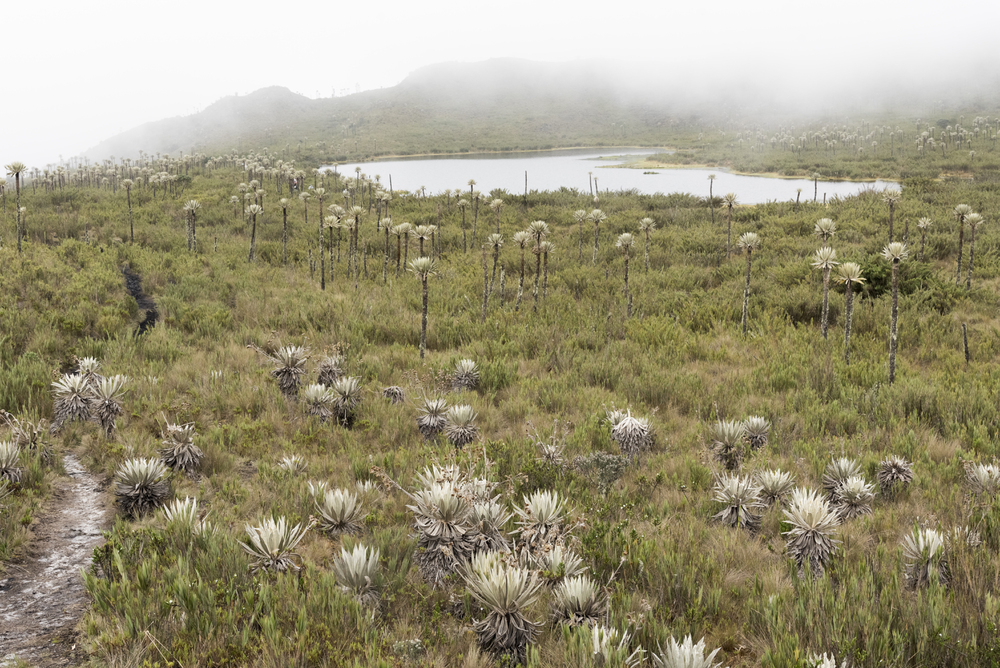
This high-altitude paradise near Bogotá embraced a fully car-free environment to protect its unique páramo ecosystem. The park’s rare plant species have flourished since the removal of vehicles from its winding mountain roads.
Guided walks have replaced driving tours, leading to more intimate wildlife encounters. The local community has created an innovative network of eco-friendly transport alternatives.
Snowdonia National Park, Wales
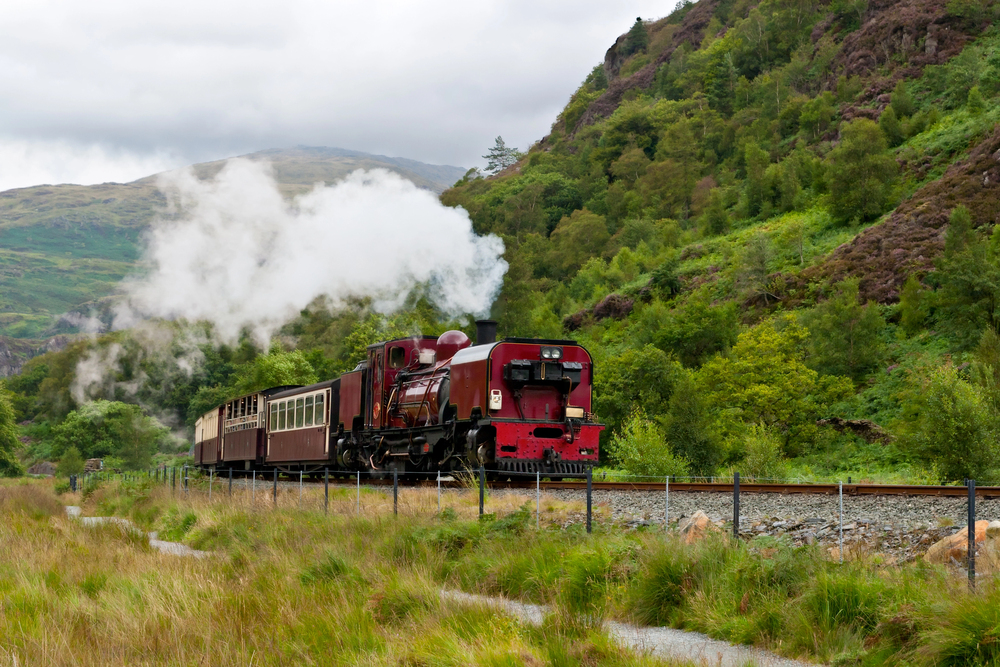
The rugged Welsh park transformed its core areas into completely car-free zones. The historic mountain railway provides sustainable access to the summit of Mount Snowdon in all seasons.
Local communities have created new walking routes connecting villages and attractions throughout the park. The initiative has restored tranquility to the park’s wild valleys and mountain peaks.
Tatra National Park, Poland
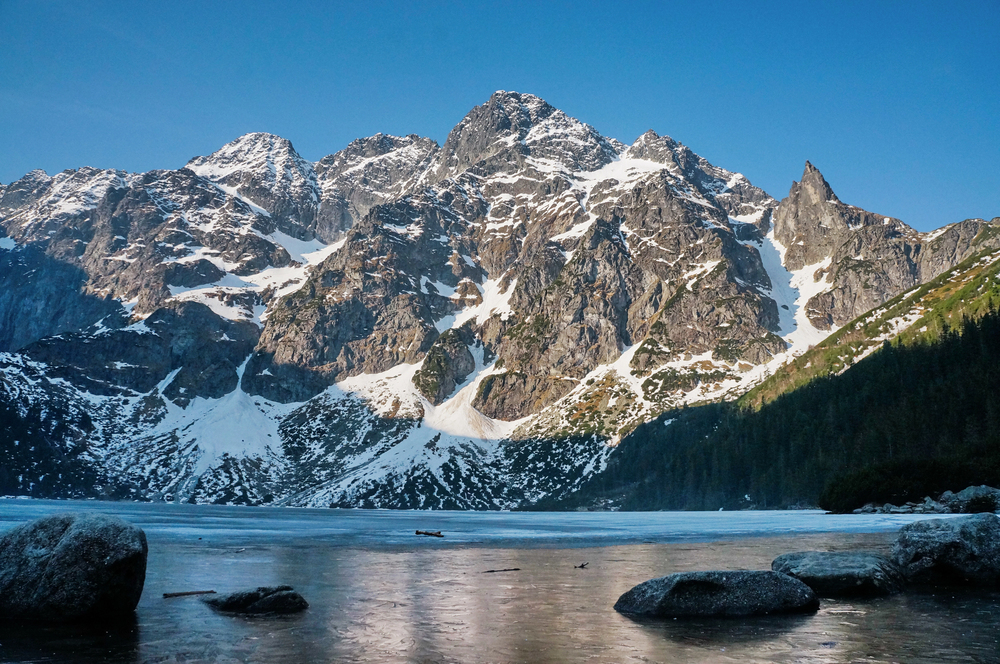
This mountain paradise, which spans the Polish-Slovak border, eliminated vehicles to protect its unique Alpine ecosystem. Cable cars and mountain trains provide sustainable access to higher elevations without disturbing the natural environment.
Since the vehicle ban took effect, the park’s endemic Tatra chamois population has thrived. Visitors consistently report a more authentic mountain experience without traffic congestion.
Like Travel Pug’s content? Follow us on MSN.
Mercantour National Park, France
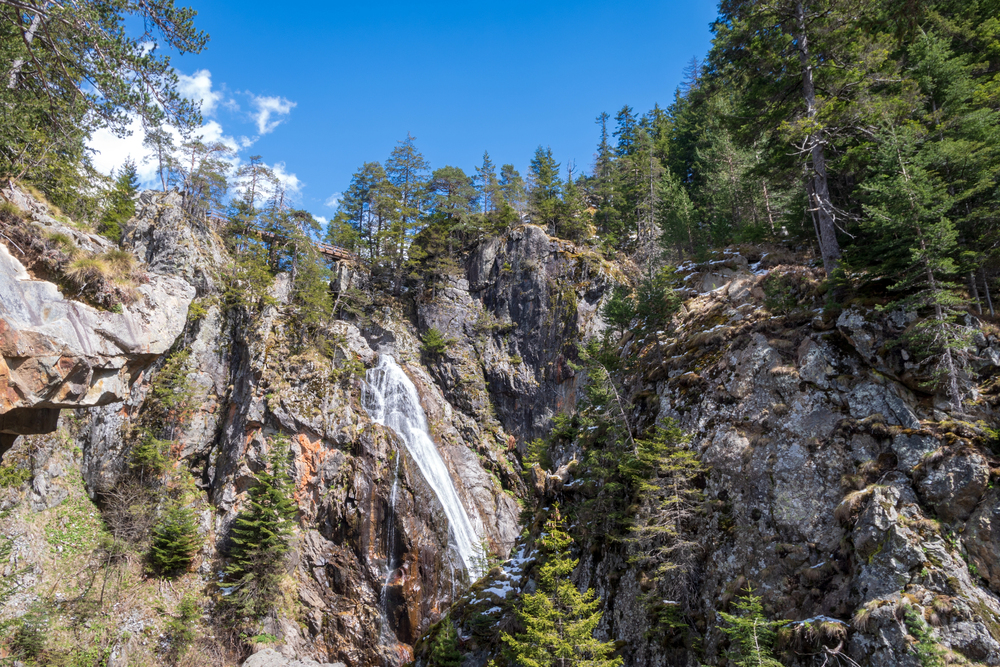
The French Alps’ hidden gem banned vehicles to preserve its pristine mountain environment. Visitors now traverse the park’s ancient salt routes and shepherd paths on foot or by mountain bike.
Electric shuttle services connect remote villages while maintaining the peaceful Alpine atmosphere. The car-free initiative has led to increased sightings of the park’s famous wolves and chamois.
Peneda-Gerês National Park, Portugal
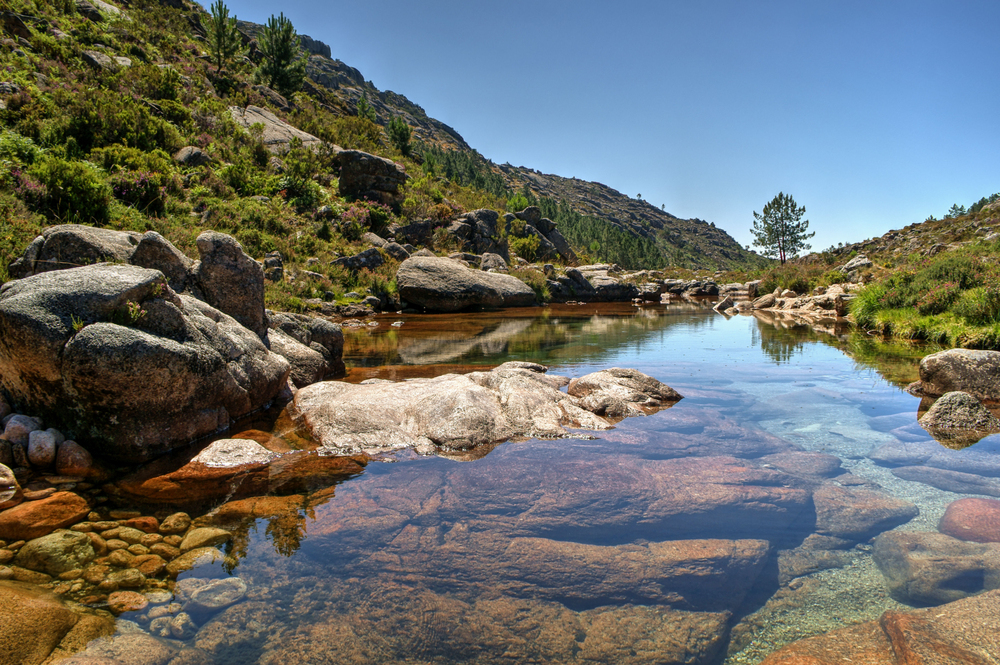
Portugal’s only national park transformed its mountain roads into hiking trails and bridle paths. Traditional stone villages within the park connect through an extensive network of ancient Roman walkways.
Electric buses provide access to major trailheads while preserving the park’s tranquil atmosphere. The absence of vehicles has helped restore traditional farming practices and boosted local wildlife populations.
Tyresta National Park, Sweden
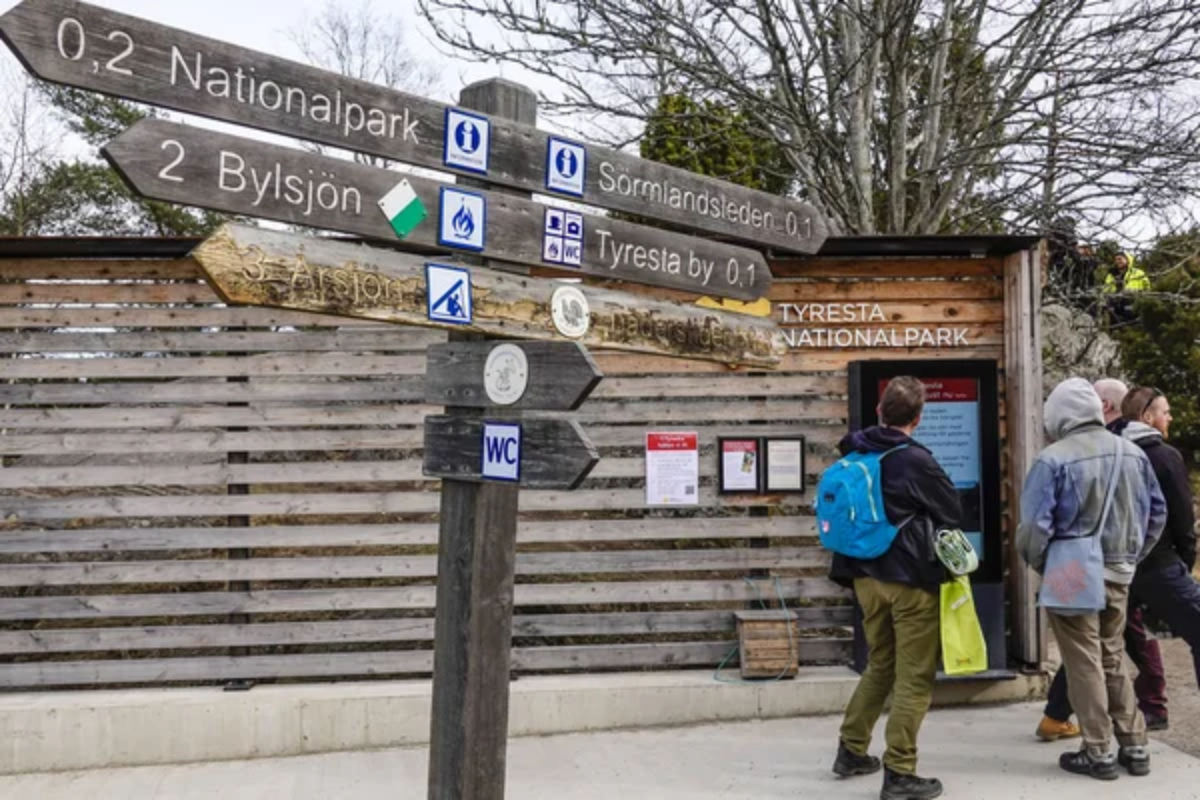
Stockholm’s nearest wilderness area removed all private vehicles to protect its ancient pine forests. A network of well-maintained trails now provides the only access to the park’s pristine lakes and woodland.
Rangers report that moose and beaver populations have flourished since the car ban took effect. The park’s proximity to the city proves that car-free accessibility can work even near major urban areas.
Like Travel Pug’s content? Follow us on MSN.
Calanques National Park, France
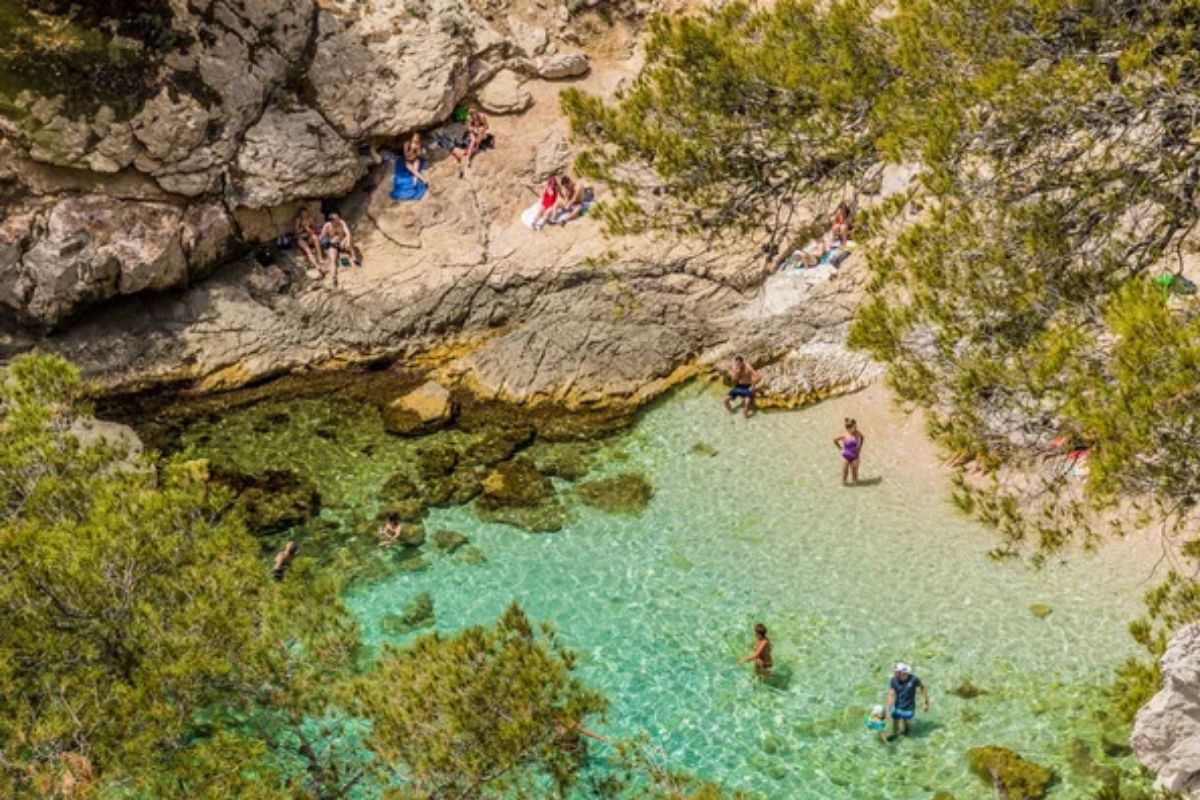
This Mediterranean coastal park eliminated vehicle access to protect its dramatic limestone cliffs and azure coves. Visitors explore the park’s hidden beaches and climbing routes through a network of ancient fishermen’s paths.
Electric boat services provide sustainable access to remote areas while preserving the marine environment. The car-free policy has helped restore nesting sites for rare seabirds along the coastline.
Soomaa National Park, Estonia
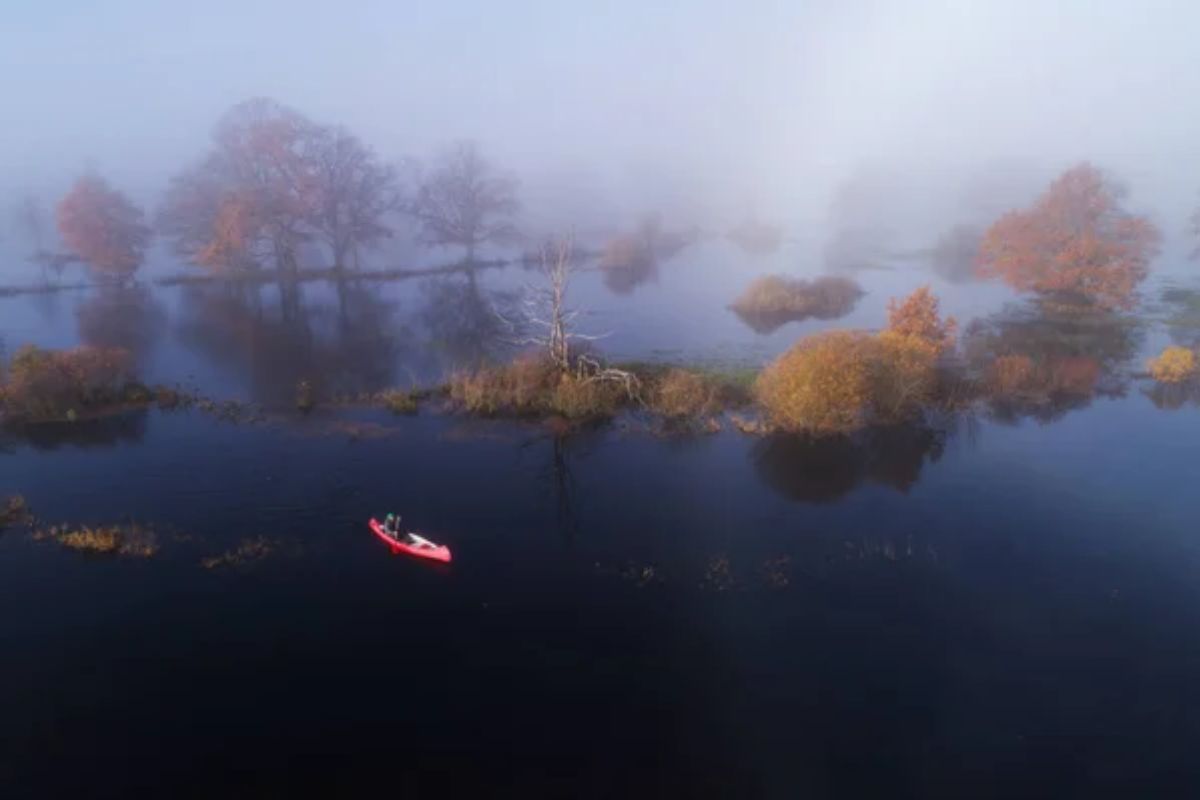
Estonia’s ‘fifth season’ park banned vehicles to protect its unique flooding ecosystem. Traditional wooden canoes have replaced cars as the primary mode of transport during seasonal floods.
The park’s extensive boardwalk system allows year-round access to its pristine bogs and forests. Wildlife researchers have documented a significant increase in beaver and elk populations since the vehicle ban.
Berchtesgaden National Park, Germany
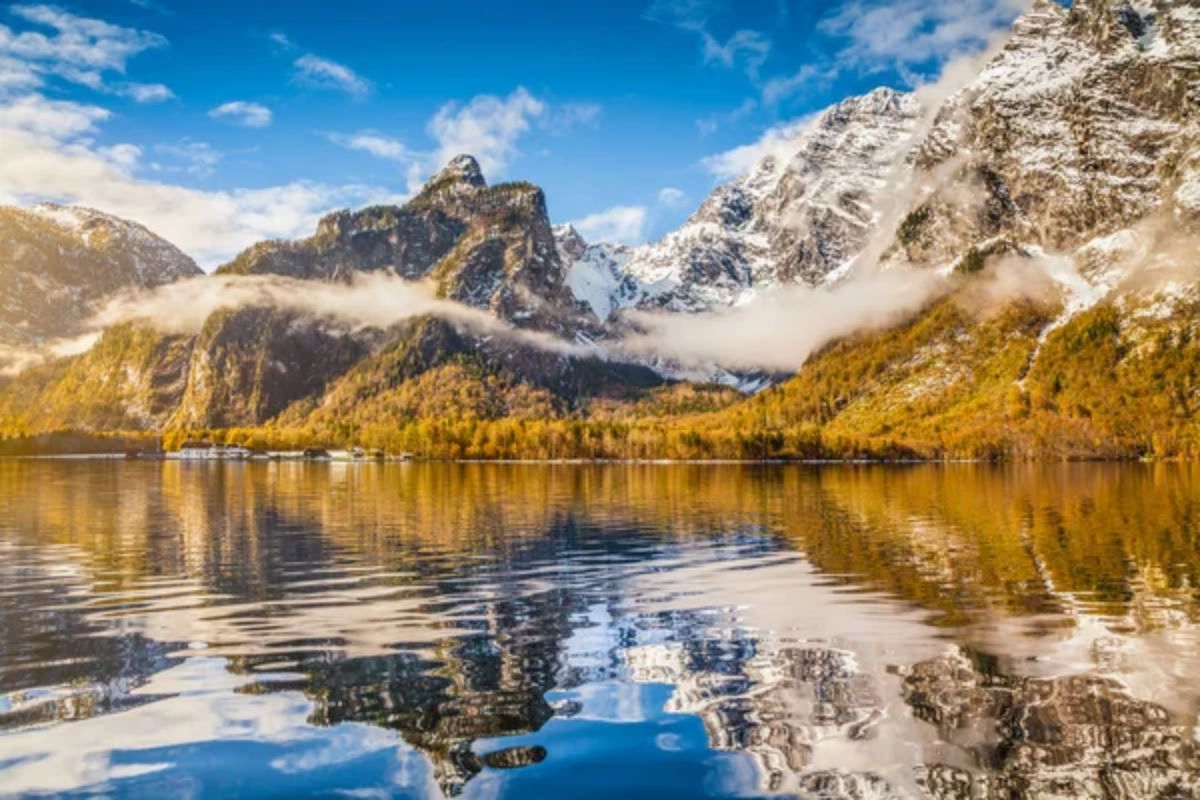
Bavaria’s alpine treasure removed private vehicles to preserve its dramatic mountain landscape. The park’s efficient electric bus system connects visitors to major trailheads and the famous Eagle’s Nest viewpoint.
Mountain huts provide overnight stays for hikers exploring the car-free wilderness on multi-day treks. The absence of traffic has enhanced the park’s reputation as Germany’s most pristine alpine environment.
Like Travel Pug’s content? Follow us on MSN.
From Engines to Serenity
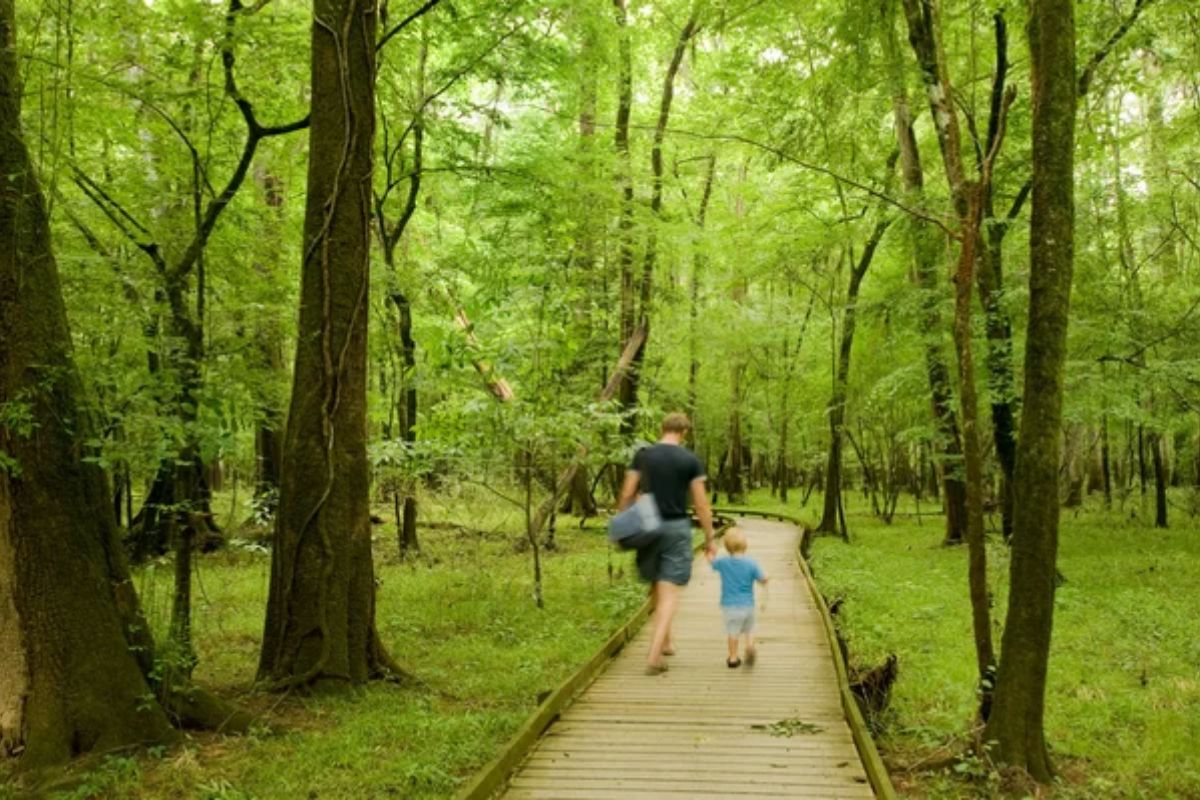
These parks have demonstrated that removing cars doesn’t mean limiting access—it means enhancing the experiences people seek in nature. Their transformation has brought unexpected benefits, from wildlife recovery to deeper visitor connections with the landscape.
What started as a bold experiment has blossomed into a movement, proving that sometimes the best way to move forward is to leave some modern conveniences behind. These parks now offer something increasingly rare in our busy world – places where nature’s voice can be heard clearly, without competition from engines.
More from Travel Pug

- 20 Towns Built for One Purpose That Were Later Abandoned
- 15 Hidden Spots in Disney World’s Magic Kingdom Most Visitors Miss
- 15 Most Scenic Walks Anywhere in The World
- 15 Canyons in the U.S. That Are Just as Stunning as the Grand Canyon
- 10 Under-the-Radar Mountain Towns That Are Both Affordable and Beautiful
Like Travel Pug’s content? Follow us on MSN.
